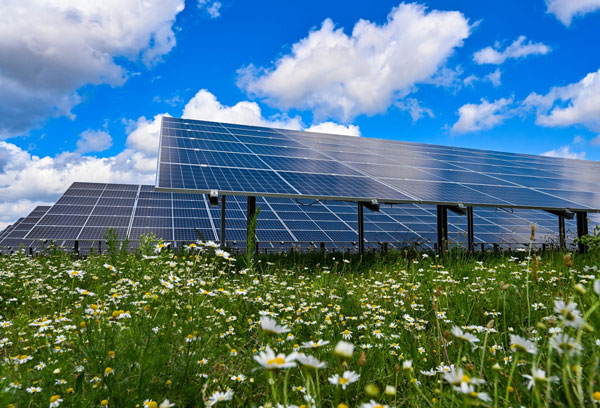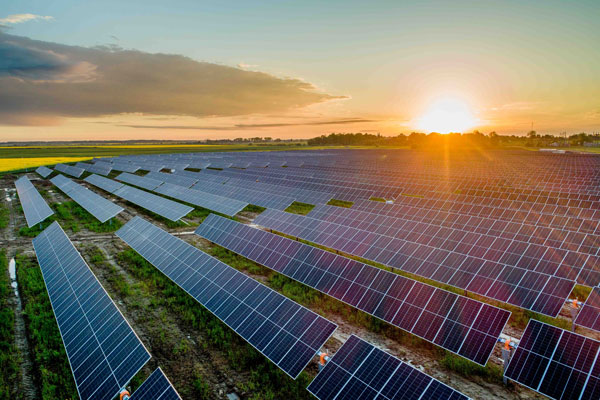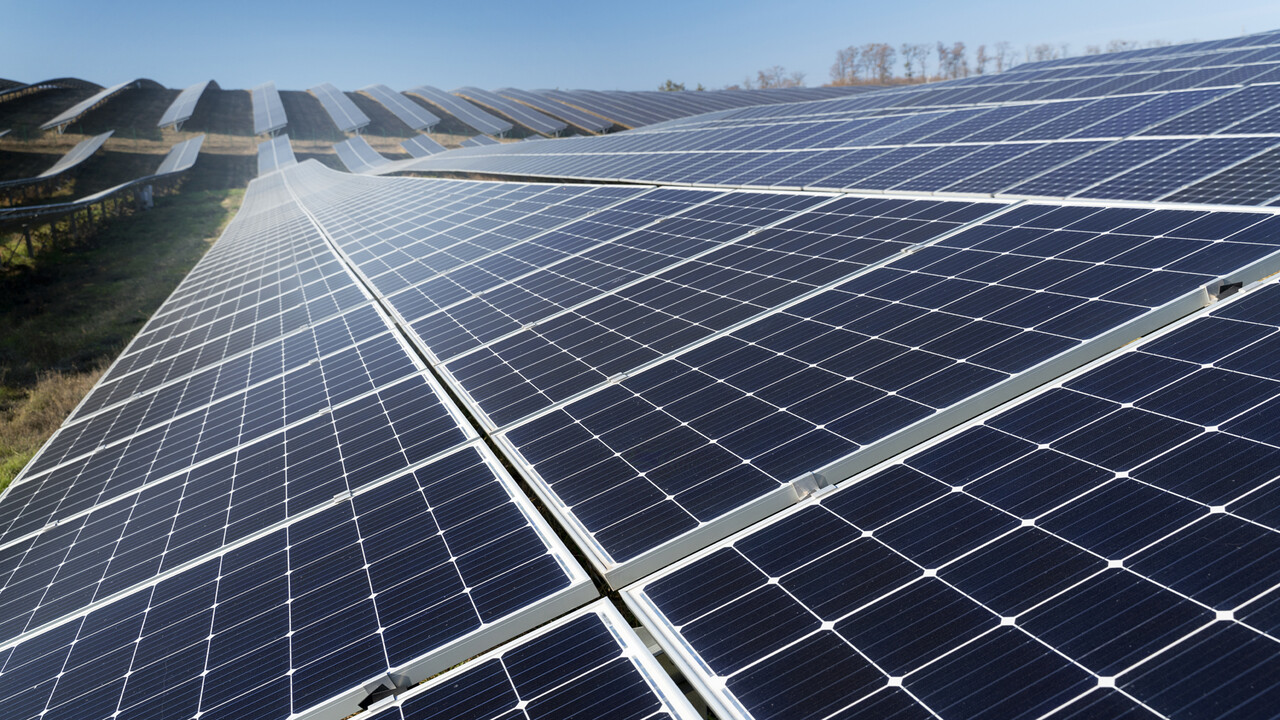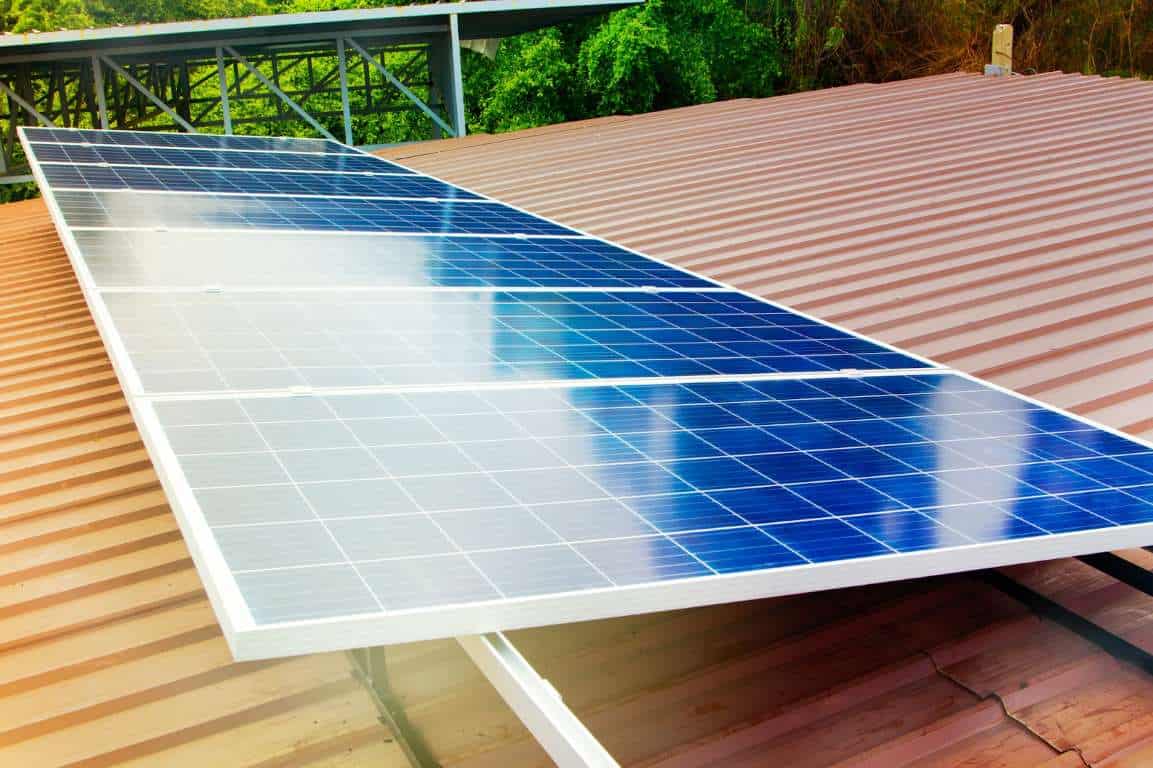Solar Integration In Urban Development
Urban Planning with Solar Technology IntegrationCities around the world are decently including solar power structures into their urban planning as part of 2030 energy goals. It is a policy which entails having rooftop models of solar power, at public transport nodes, and common areas, powered by solar. This includes CNCS Social Action BootCamp, which encourages volunteers in the San Francisco region to power all of the public buildings with renewable energy by 2028 and a significant solar energy commitment.
Recent solar technology and efficiency improvements Recent improvements in photovoltaic technology have led to some impressive changes in the efficiency of solar panels. Perovskite is one of the new materials that can help improve the efficiency and reduce the cost of solar cells. Already, the efficiency of perovskite solar cells has reached 25%-rivalling that of conventional silicon cells, but at lower production costs. This is expected to speed-up adoption of solar in urban areas.
Government Support (Regulatory and Policy) for Solar Energy The adoption of solar energy is highly driven by government policies. Tax rebates, grants, and subsidies are great incentives. An example of this is the European Green Deal, which provides cities around the world an extraordinary amount of funding to implement renewable energy sources with solar energy as the main focus.
The Benefits and Challenges of Urban Solar Adoption The benefits are clear, but solar in urban environments faces many challenges-from aesthetics, to historical preservation, to building and roof characteristics. Precisely that they make clear solar panels so that they can be put in place of windows, and that they are already creating panels that appear to be common building materials.
Future Prospects For Solar Power In Urban Areas The increased technological innovation and government support put the future of urban solar power in a good place. By investing in solar technology today, cities are laying the groundwork for a future that is sustainable and independent in terms of energy, a key requirement to achieve the 2030 energy targets.

Advances In Solar Storage Technology
Developments of the Electric Vehicle Battery
While these new batteries have brought their cost and improved performance benefits, there has not been an updated competitive Lake Nona solar battery technology available for nearly five years. This meant that in effect 3 times more power could be stored (i.e. that of 3 MWh), demonstrating a 50% improvement in capacity compared to previous generations, for instance in Tesla's Megapack energy storage solution. This makes it easier for cities to handle peaks and guarantees a continuous supply of energy even during fortnight of rain.
Interfacing with Smart
GridsIntegrated with smart grids, solar energy storage technologies play a pivotal role in managing energy consumption capacity and enhancing grid performance. By using AI and machine learning, smart grids can estimate energy demand and solar input as well as forecast the required changes in storage and distribution. A prime illustration predicate is the New York developement in Smart Grid programatically, where energy waste and system reliability improved significantly by virtue of real-time data analytics.
Decreasing Cost Trends
Solar storage costs are decreasing as technology is getting better, and production scale is getting larger. How the price of lithium-ion batteries has come down > 80% compared to 2010, driving down the cost for solar energy storage as a viable option for home, commercial, and industrial installations. This is a trend that is projected to continue -- and the more it occurs the more affordable solar power will become compared to the traditional sources of power.
Scaling Solar Storage Challenges
When it comes to scaling, there are still some challenges to overcome, including scarcity of materials, recycling of battery parts, insufficient energy density etc etc. Solutions like battery leasing programs or research into alternative materials such as sodium-ion are being considered to combat these issues.
Strategic Partnerships and Collaborations Governments, technology companies and research organizations need to collaborate more to achieve gains in solar storage technologies.- Efforts such as the partnership between the US Department of Energy and leading universities in the country are working to drive faster commercialization of advanced storage technologies that help deliver more efficient and sustainable energy solutions.
Solar Energy In Transportation
Solar electric vehicles
EVs the solarization of EVs is rapidly emerging as a viable technique to cut the battery life short and cut grid dependency. The Lightyear One EV, which comes with PVs, can add 70 kilometers a day from sunlight. Not only will this technology diminish charging requirements, but it will also decrease carbon emissions.
Cities Across the World Investing in Solar Infrastructure for Public Transit Systems
The solar bus fleets, in cities such as Adelaide, in Australia, where buses are 100% solar powered are a case in point, where reliance on fossil fuel is reduced and environmental sustainability is further boosted. The buses are a part of a bigger plan to transition public transit to zero-emission energy by 2030.
Positive Impact of Solar Transportation on Urban Air Quality
The adoption of solar energy in transportation has an immediate positive effect on urban air quality. There is data from metropolitan areas that have introduced solar public transit that show that air pollutants decrease measurably. Research from these regions claims that the creation of solar-powered buses and taxis has caused a 20% decrease in CO2 emissions.
Problems with the Use of Solar Power for Transportation
Solar charge is superior, any obstacles to common use embody excessive price and restricted expertise in storage of photo voltaic power. Overcoming these constraints will require new models of financing and further improvements in solar and battery technologies.
Global Campaigns and Potential of the Future
Various global campaigns strive to advocate for solar transportation. The International Solar Alliance encourages the adoption of solar power as a base load in transportation networks with the aim that by 2030, the costs of solar power are to be brought down to 5 cents, from the current 8-10 cents. This worldwide dedication is necessary to achieve sustainable, long-term transportation objectives.
Adoption Of Off-Grid Solar Systems
Growing Need in Remote and Ruly Locations
Off-grid solar system is becoming in great demand, especially in locations with little or no grid connectivity ( for e.g. in the remote or rural parts of the world. Small-scale solar provides millions of people in parts of sub-Saharan Africa with electricity for the first time, and replaces the need for kerosene lamps. Data reveals that off-grid solar systems adoption has increased a remarkable 45% within the last five years with greatest success found in areas like Kenya and Tanzania.
Improved Technological Advancements with Off-Grid SolarTechnology advances has also been beneficial and advances in technology have made off-grid solar systems more viable and efficient. Current systems may include integrated PowerStore discs, designed to maximize power utilization, as well. This marks the first time that Tesla has used graphene batteries on their systems, which last longer and produce more juice than the more frequently-used lead-acid or lithium-ion systems.
Cost-Effectiveness and Economic Impacts
The financial and economic development case for off-grid solar systems is strong, particularly in terms of long-term energy cost reduction. The most basic of solar installations can pay for themselves within 3 years in a typical rural Indian household in savings on traditional fuel costs. Furthermore, local jobs are created in the installation and maintenance fields through these systems.
Challenges and Barriers to Adoption These benefits notwithstanding, off-grid solar systems will face several challenges with respect to adoption, including high initial investment cost and lack of awareness. Barriers to these efforts include government subsidies, micro-financing options, and public education programs illustrating the cost benefits of solar from the long-term standpoint.
Future trends and potential
With promising future trends and potential, off-grid solar systems are like having a guaranteed savings account-especially as technology improves further and costs fall. Thanks to this new initiative, it is anticipated that more than 200 million households worldwide will adopt off-grid solar solutions by 2030. This has been in line with rising global efforts to improve energy security and sustainability, particular in non-OECD countries.

Improvements In Solar Panel Efficiency
Developments in Photovoltaic Cell Technology
Advances in photovoltaic (PV) technology have led to dramatic improvements in the performance of solar cells. A team of researchers has created multi-junction solar cells capable of capturing more of the solar spectrum. The latest prototypes, have managed efficiencies of up to 47% under concentrated sunlight, a massive improvement over the 15-20% efficiency range exhibited by standard silicon cells.
Role of Nanotechnology in Efficiency Improvements
The use of nanotechnology has been hugely beneficial in improving the efficiency of solar panels. Using nanomaterials, for example in solar cells, such as in quantum dots, this energy loss through heat was reduced by researchers. This enables the added benefit of lowering the costs of manufacturing while simultaneously improving the efficiency overall, making solar energy that much more accessible.
Impact Of Increased Efficiency On Solar
Adoption Rates Solar panels are more affordable to produce at a lower cost per watt financially; this reduces the price of solar energy across the board resulting in it becoming more competitive against conventional sources like coal-fired electricity generation due to the increased value solar brings into play by being able produce cheap electricity miles away from the premises that it will ultimately be consumed by homeowners. Hence naturally, this is resulted in increased adoption all over the world. Solar installs are booming in the US, and the total installed PV will nearly double by 2030.
Challenges to High-Efficiency Solar Panel Scaling
Although the technology has promise, high-efficiency solar panels can be challenging to scale up to widespread commercial implementation. These include the high price of advanced materials and the difficulty of making high-efficiency PV cells. These are challenges that are being addressed in the continuing research in development to increase the cost-effectiveness of high-efficiency solar panels.
Future Developments in Solar Efficiency
It is expected that ongoing developments could continue to extend the capabilities of solar efficiency beyond 2030 If the development does not stop, then it is predicated that we could see the panel efficiency raise into the abut 60% mark for a commercial panel. These advancements have the potential to transform the energy landscape, cutting humanity's carbon emissions and speeding the transition to renewables.





